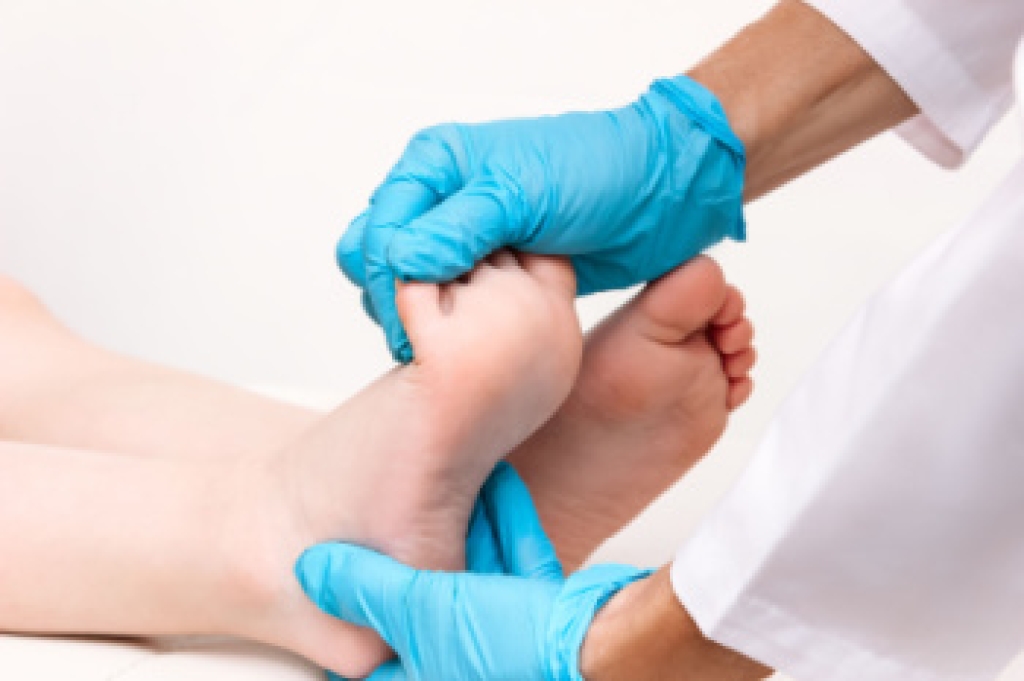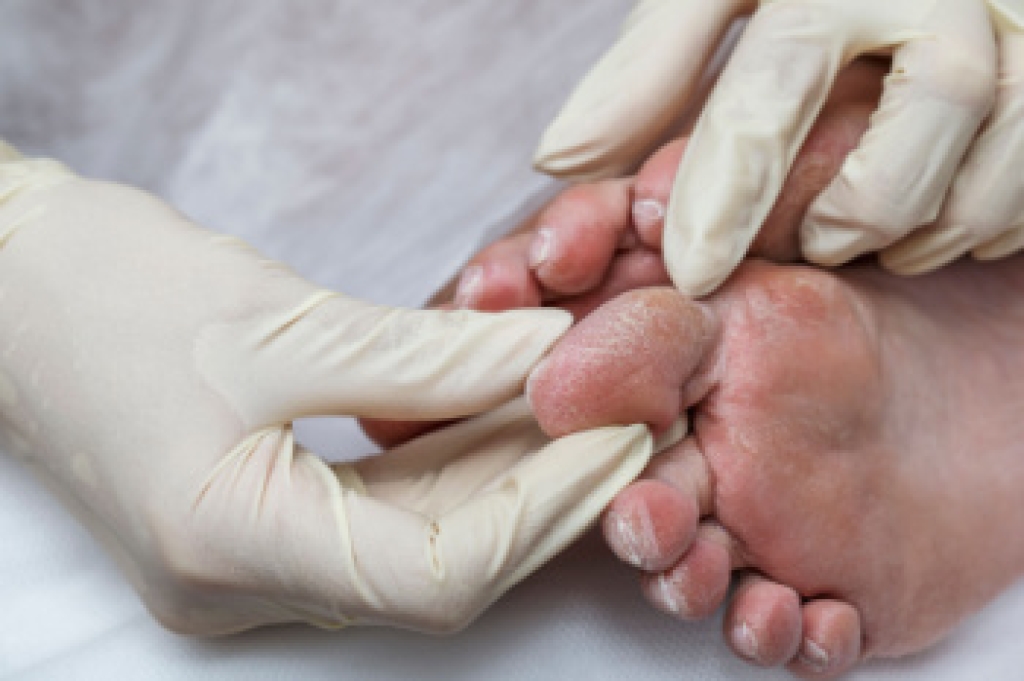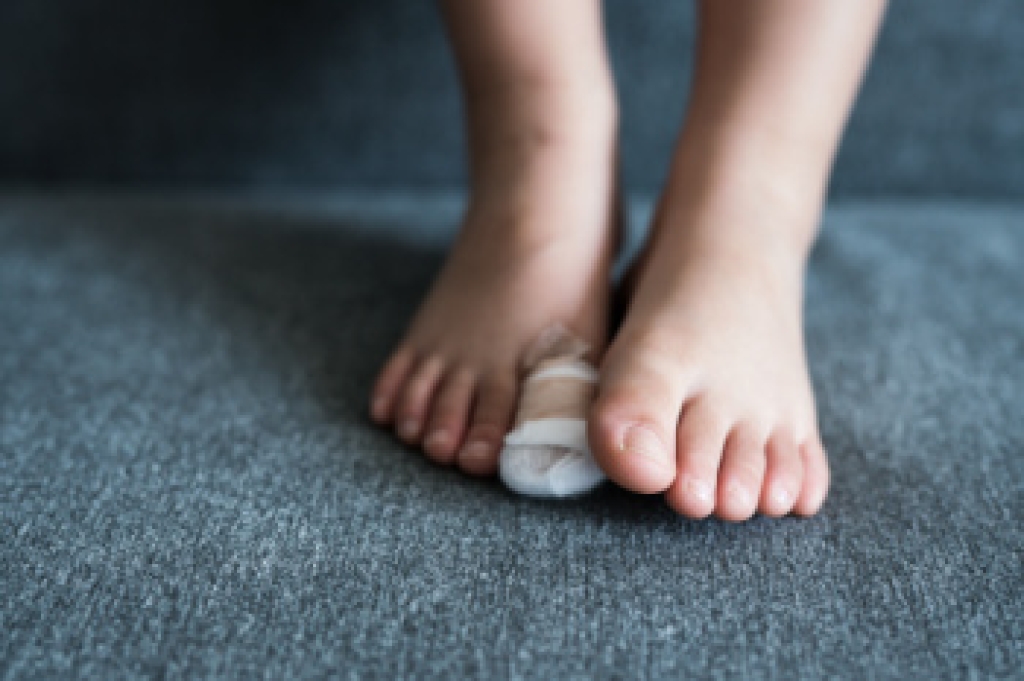
Children's feet undergo significant changes as they grow, making proper shoe selection an important consideration. Typically, infants' feet are soft and pliable, with bones gradually forming over time. They usually start walking between nine and 18 months, signaling the need for wearing supportive shoes to protect their delicate feet. As they grow, their feet require shoes with adequate room for movement and growth, typically needing replacements every few months to accommodate size changes. Parents should watch for signs such as blisters, redness, or complaints of discomfort, indicating that shoes may be too small. Regular check-ups with a podiatrist can help address any developmental concerns, such as flat feet or gait abnormalities, ensuring healthy foot development. If you have an infant, it is suggested that you schedule an appointment with a podiatrist for a consultation on proper foot care and footwear to set the foundation for a lifetime of healthy walking and foot function.
Making sure that your children maintain good foot health is very important as they grow. If you have any questions, contact Cary Golub, DPM of New York. Our doctor can provide the care you need to keep you pain-free and on your feet.
Keeping Children's Feet Healthy
Having healthy feet during childhood can help prevent medical problems later in life, namely in the back and legs. As children grow, their feet require different types of care. Here are some things to consider...
Although babies do not walk yet, it is still very important to take care of their feet.
Avoid putting tight shoes or socks on his or her feet.
Allow the baby to stretch and kick his or her feet to feel comfortable.
As a toddler, kids are now on the move and begin to develop differently. At this age, toddlers are getting a feel for walking, so don’t be alarmed if your toddler is unsteady or ‘walks funny’.
As your child gets older, it is important to teach them how to take care of their feet.
Show them proper hygiene to prevent infections such as fungus.
Be watchful for any pain or injury.
Have all injuries checked by a doctor as soon as possible.
Comfortable, protective shoes should always be worn, especially at play.
If you have any questions, please feel free to contact our offices located in Williston Park, and Long Beach, NY . We offer the newest diagnostic and treatment technologies for all your foot care needs.




